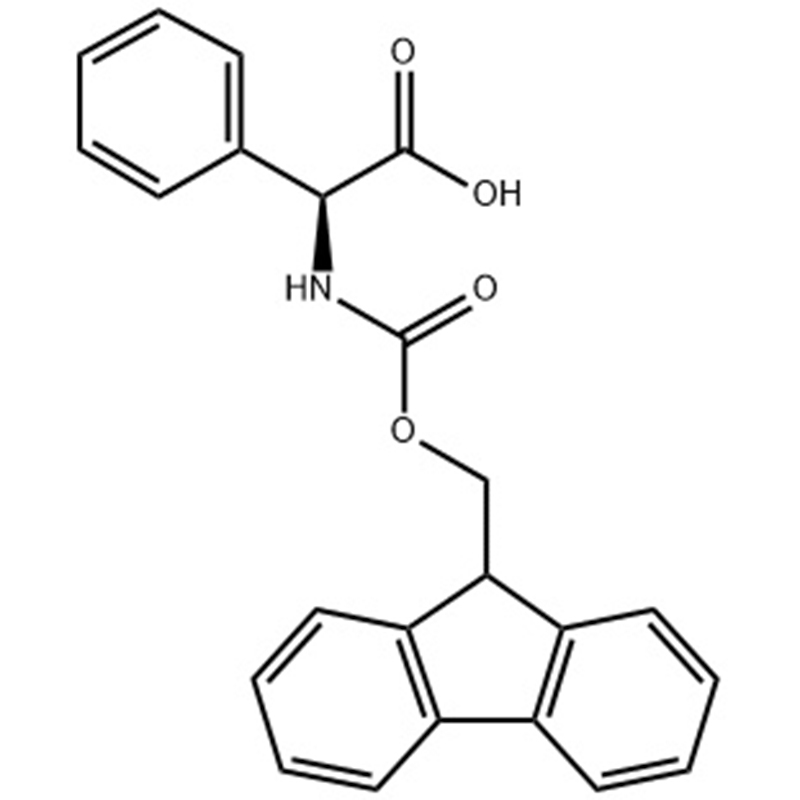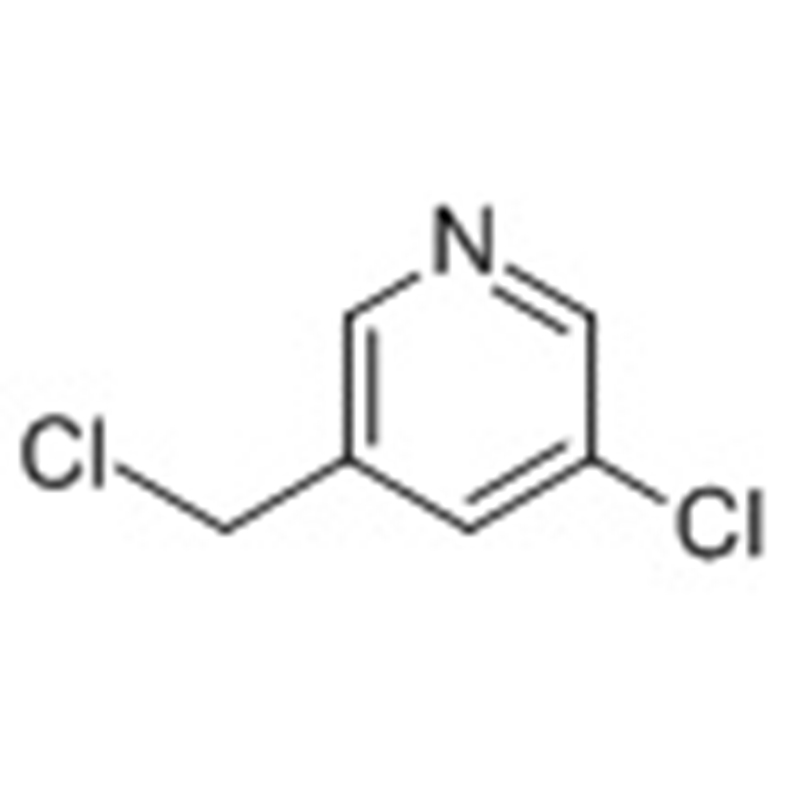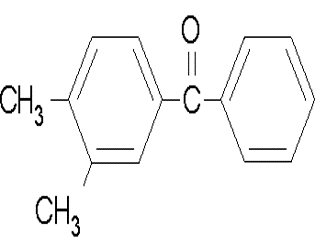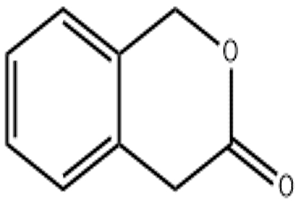L-Menthol(CAS#2216-51-5)
| Hazard Symbols | Xi – Irritant |
| Risk Codes | R37/38 – Irritating to respiratory system and skin. R41 – Risk of serious damage to eyes R36/37/38 – Irritating to eyes, respiratory system and skin. |
| Safety Description | S26 – In case of contact with eyes, rinse immediately with plenty of water and seek medical advice. S39 – Wear eye / face protection. S37/39 – Wear suitable gloves and eye/face protection S36 – Wear suitable protective clothing. |
| WGK Germany | 2 |
| RTECS | OT0700000 |
| TSCA | Yes |
| HS Code | 29061100 |
| Toxicity | LD50 orally in Rabbit: 3300 mg/kg LD50 dermal Rabbit > 5000 mg/kg |
Introduction
Levomenthol is an organic compound with the chemical name (-)-menthol. It has the fragrance of essential oils and is a colorless to light yellow liquid. The main component of levomenthol is menthol.
Levomenthol has a range of physiological and pharmacological activities, including antibacterial, anti-inflammatory, analgesic, antipyretic, anthelmintic and other effects.
A common method for making levomenthol is through distillation of the peppermint plant. The mint leaves and stems are first heated in a water still, and when the distillate is cooled, an extract containing levomenthol is obtained. It is then distilled to purify, concentrate, and isolate menthol.
Levomenthol has a certain safety, but it is still necessary to pay attention to the following: avoid prolonged exposure or inhalation of high concentrations of levomenthol to prevent allergies or irritation. A well-ventilated environment should be maintained during use. Avoid contact with eyes and skin and dilute before use.



![5-Fluoro-4-Iodo-1H-Pyrrolo[2,3-B]Pyridine(CAS#1015610-23-7)](https://www.xinchem.com/uploads/5-Fluoro-4-Iodo-1H-Pyrrolo23-BPyridine.png)




